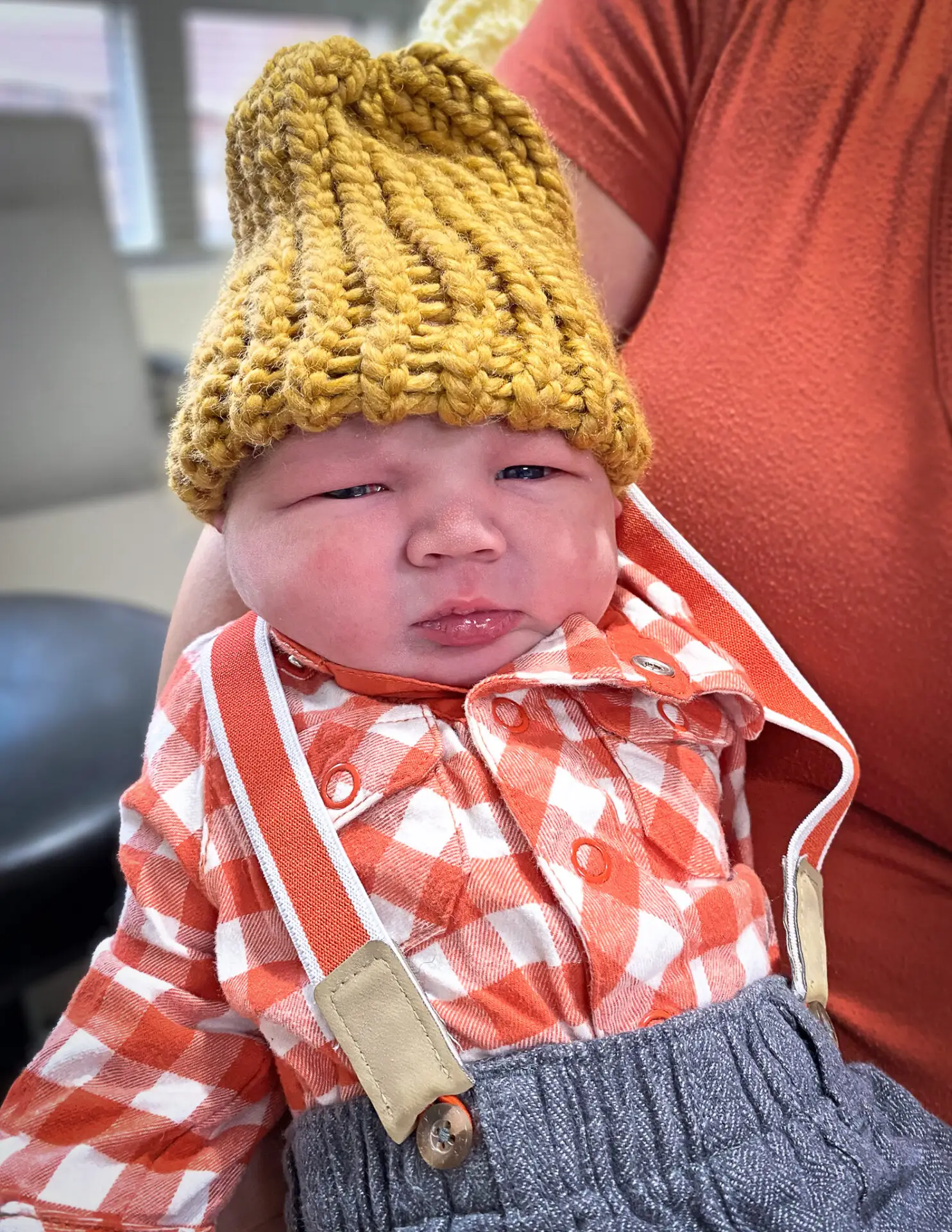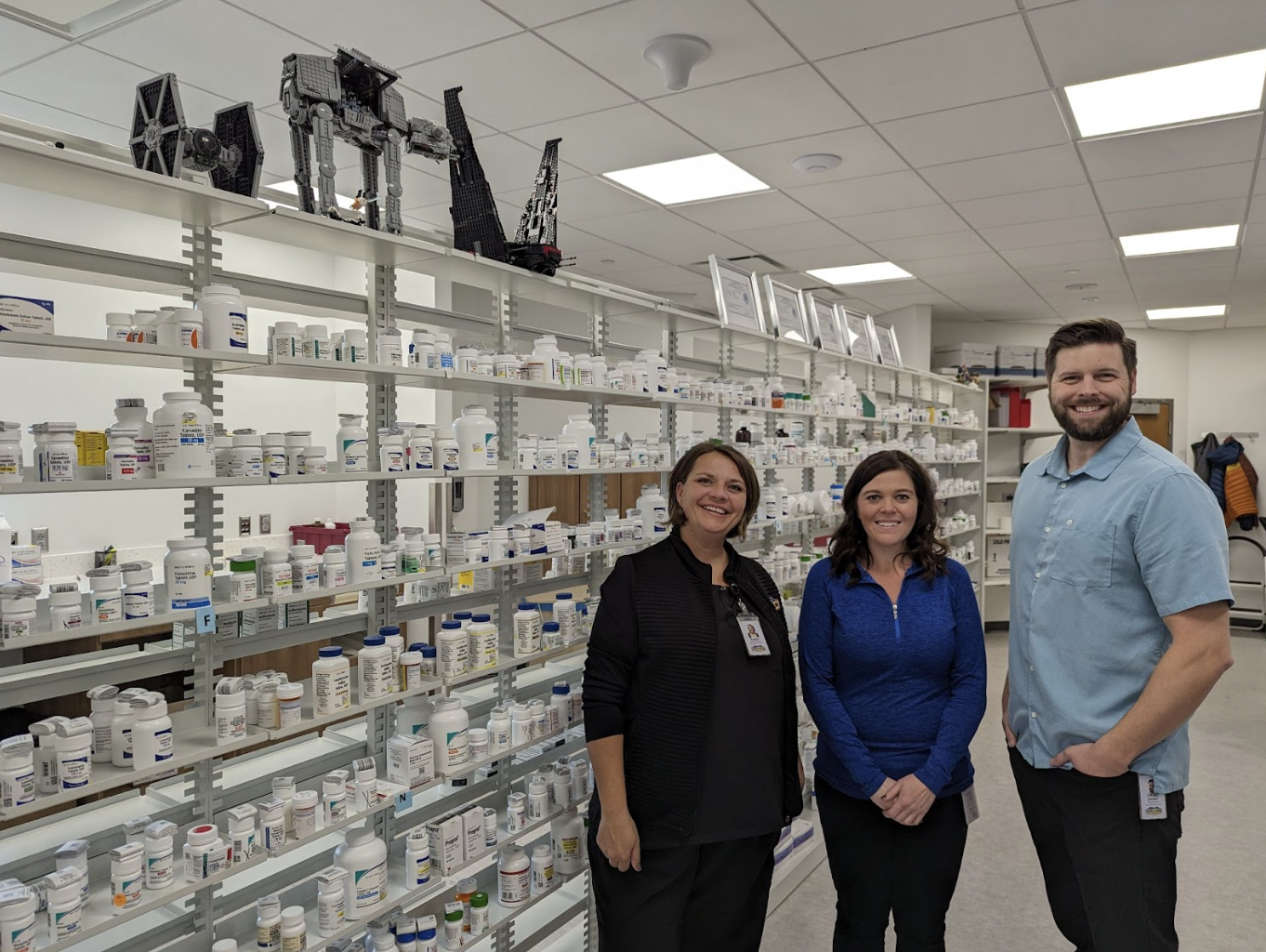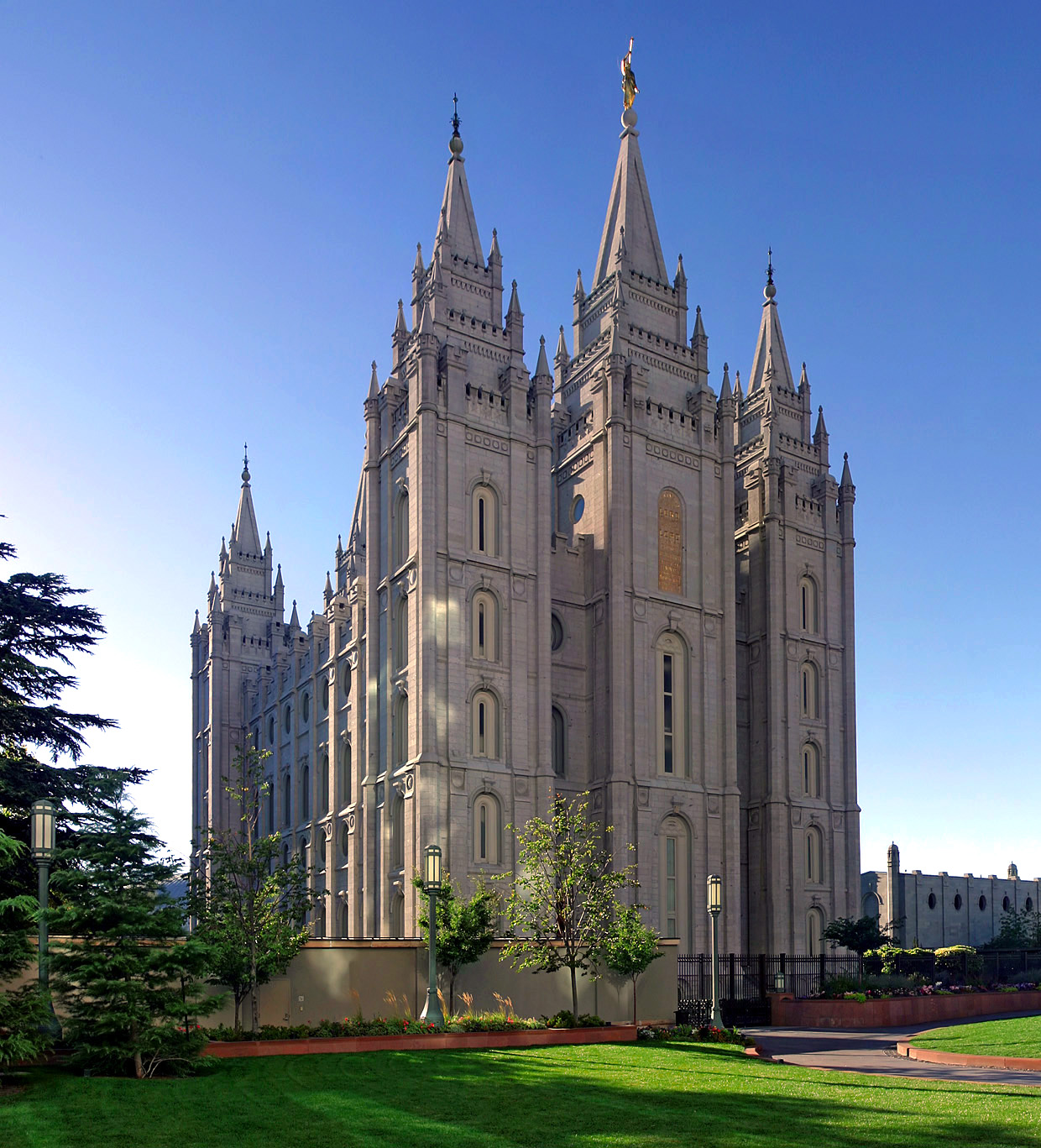In a letter on April 10, Southeast Utah Health Department Director Bradon Bradford wrote that “I would also like to remind community members that continued extreme social distancing can be as hazardous to each of our communities as a complete lack of social distancing.”
While elsewhere in the letter, which kept restaurants and lodging within Grand, Emery and Carbon counties closed through May 4, Bradford stresses the importance of social distancing,
It’s unclear what “extreme social distancing” Bradford is referring to; Utah is one of only 9 states to have no mandatory stay-at-home order.
“If COVID-19 is never introduced into the community, then people don’t build up the immunity the need and we’ll never gain what is termed ‘herd immunity’ or the ability for enough of people to become immune to a disease that it protects those that do not have that ability,” wrote Bradford.
“Herd immunity” is when a majority of people become immune to an infectious disease, so the disease stops spreading within that community. However, the immunity does not work with every virus and relies on many people in a community contracting the disease.
In March, Boris Johnson, prime minister of the United Kingdom, announced he believed herd immunity was key to his county’s COVID-19 response. A letter signed by over 501 mathematicians and scientists urged him to reconsider, saying that “thousands of lives can be spared” by social distancing measures. The prime minister changed his policy; he later fell ill with COVID-19 himself and was hospitalized.
However, Bradford writes that in the absence of a vaccine for the disease “what is best for public health, is to have a controlled way of introducing disease into a community, done in such a way as to protect our most vulnerable populations and maintain the integrity of our healthcare systems.”
Moab Regional Hospital’s Sadoff was practical about the approach, while expressing some concern.
“Honestly, it’s unlikely that we’ll keep the country on lockdown until there’s a vaccine,” she said in a call with the Moab Sun News.
“The reality is that for herd immunity to occur we would need some indication that COVID-19 had already been here and a ton of people have developed immunity,” she said.
Without that, hospital strategy is focused on isolating individuals who are high-risk, particularly the elderly and those with compromised immune systems, from the spread of the illness.
However, as COVID-19 has been seen to make even seemingly healthy younger patients severely ill, she noted the limits of this practice.
“There are people who are considered ‘low-risk’ who are dying,” she said.
“How do you decide that someone is not at risk? We’ve seen totally healthy teens and twenty-year-olds die” in areas around the country, she said.
Bradford’s letter also mentions goals of increased regional testing. Sadoff expanded on that.
“We’re starting to do testing of asymptomatic individuals and we’re hoping that the health department and the state will help us as well,” she said, stating that the hospital hopes to quickly increase the amount of tests for employees who work with high-risk populations, particularly homes for the elderly.
“If the disease gets into a long-term care facility,” Sadoff noted, “that’s where you see a lot of deaths.”
Sadoff said that SEUHD had been communicative and responsive to medical officials.



